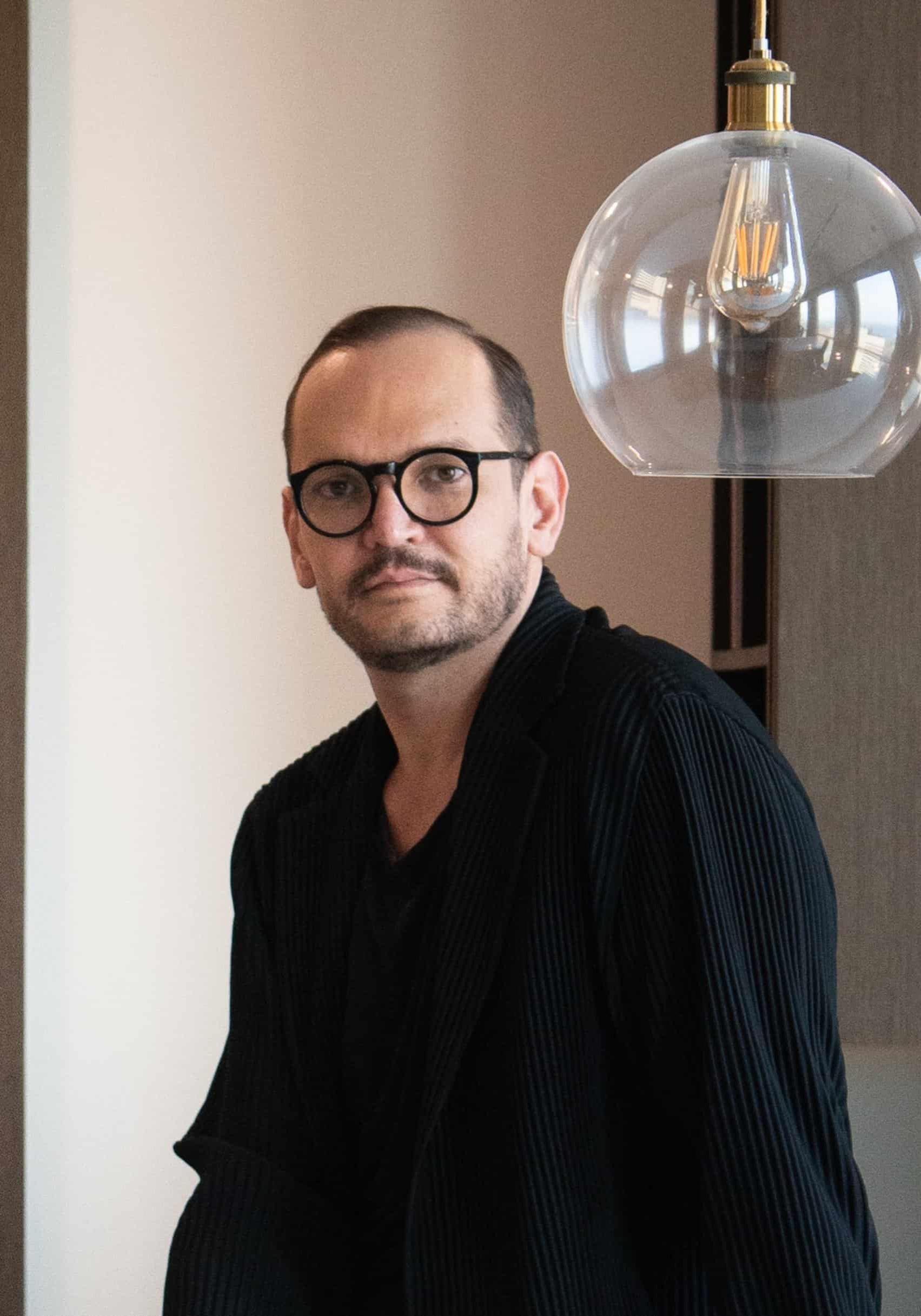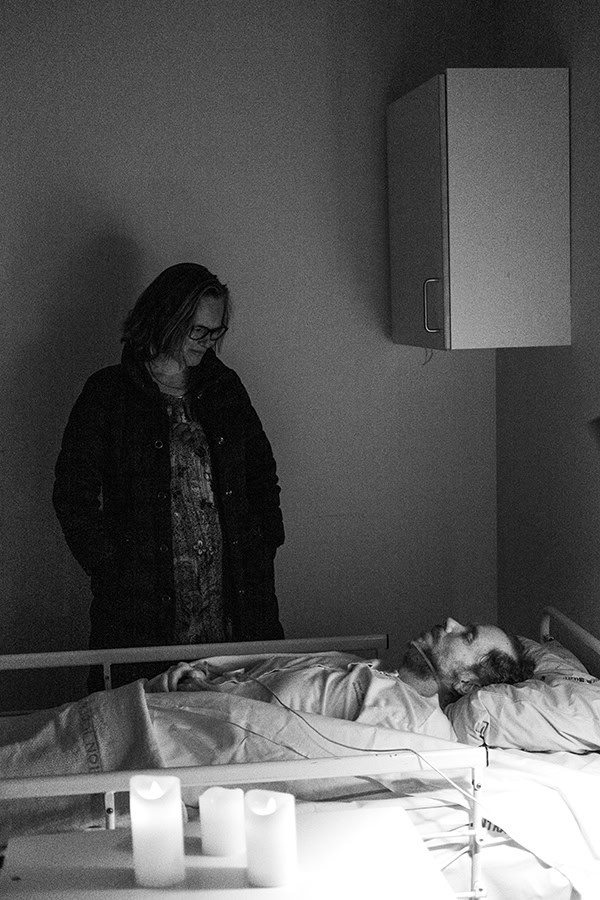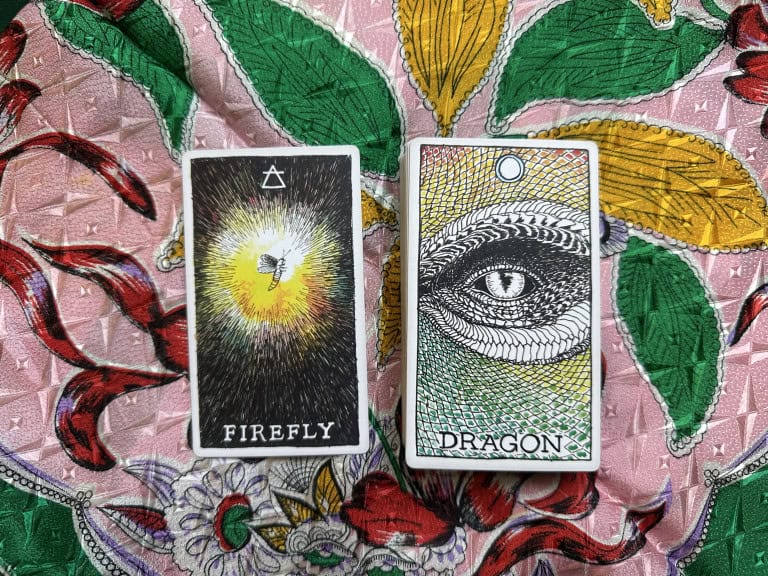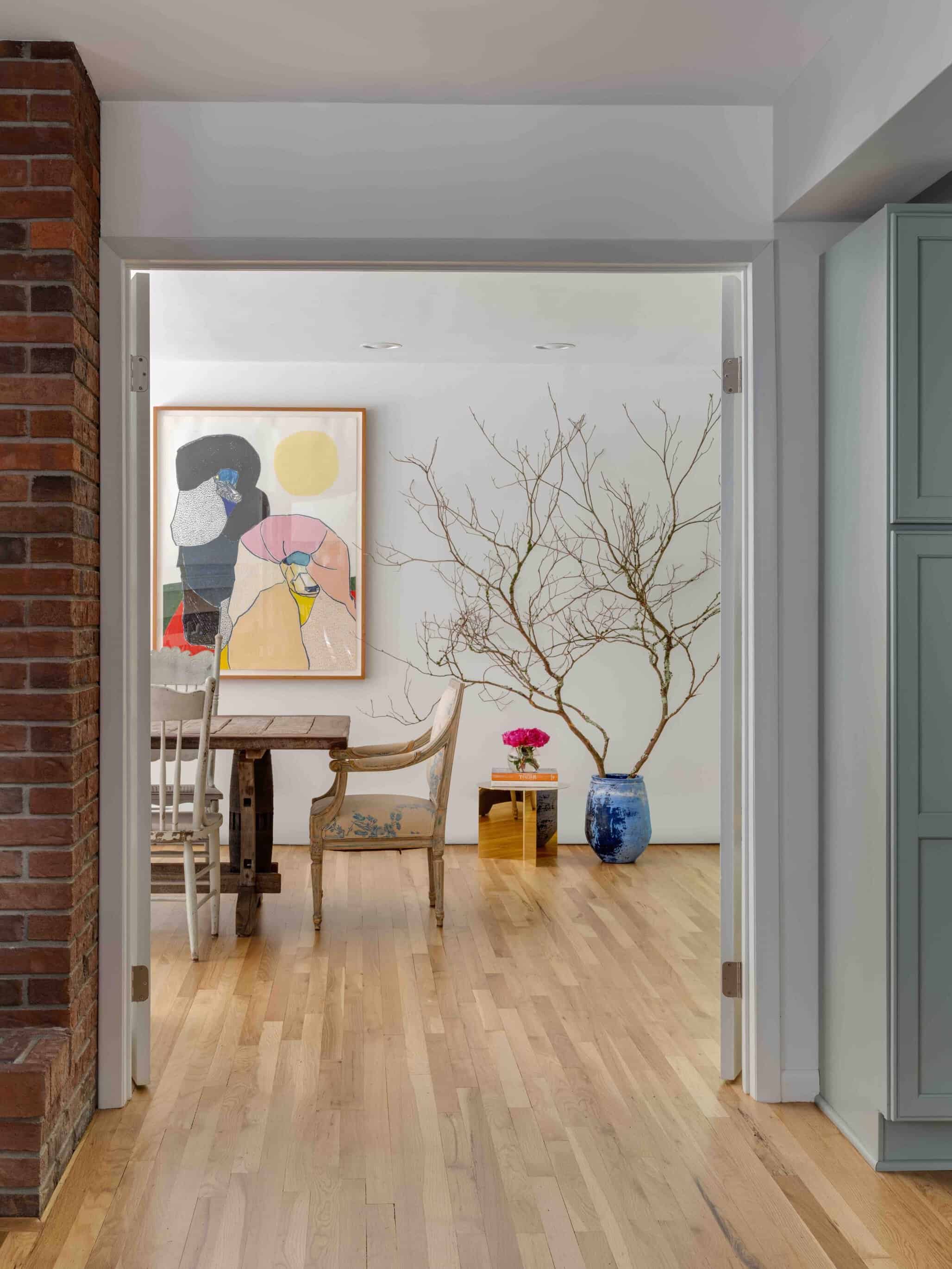
From Waste to Wonder: The Rise of Sustainable Interior Design
In a world where instant gratification often dictates consumer behaviour. A growing movement is urging us to slow down and reconsider our choices. Particularly when it comes to the spaces we live in. Unlike fast fashion or mass-produced goods, interior design and architecture naturally operate on a slower timeline. The decisions we make about our homes and workplaces are not only more costly but also have a more lasting impact. This reality has led to a rising demand for sustainable interior design. Where the focus is not just on aesthetics but on creating spaces that are built to last. Serve their occupants well, and contribute positively to the environment.
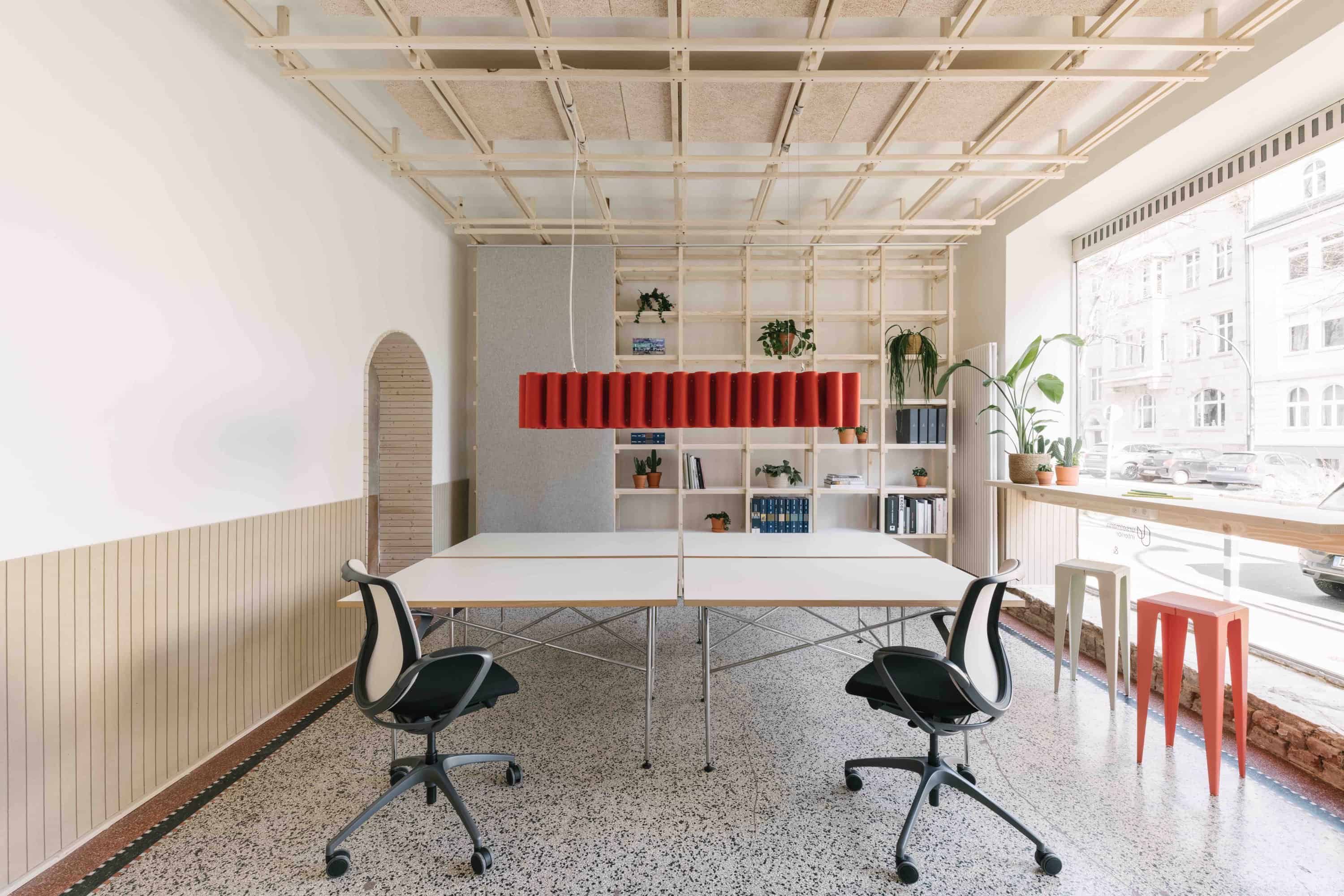
The main office of Urselmann Interior’s co-working building
Sustainable interior design is more than just a trend. It represents a fundamental shift in how we view our living and working spaces. It challenges the conventional, disposable mindset and encourages us to invest in quality, longevity, and ethical practices. As we become more aware of our environmental footprint, the appeal of sustainable interior design grows. Offering not only beautiful and functional spaces. Whilst also giving the peace of mind that comes with knowing we’ve made responsible choices.
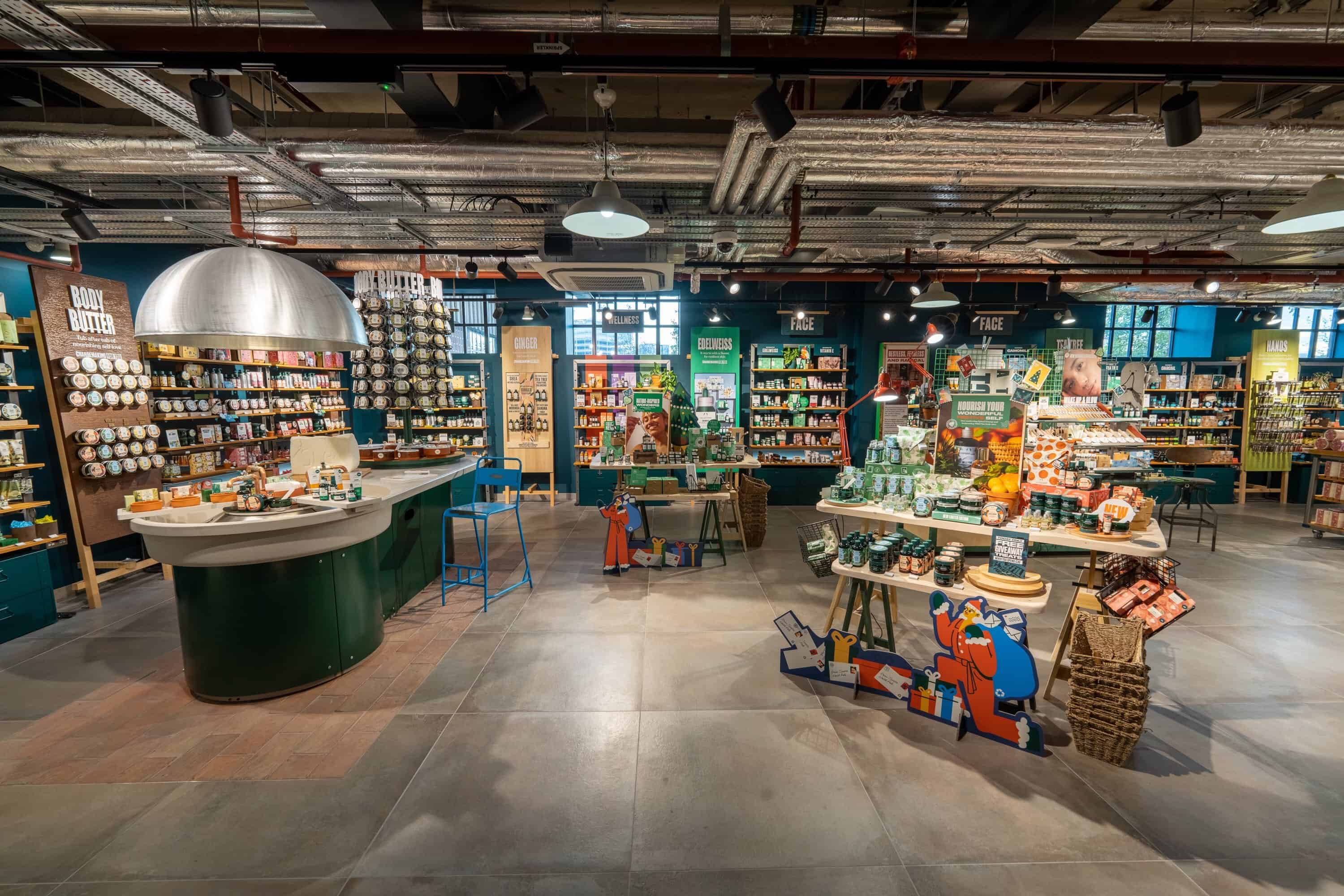
The store interior, with exposed ceiling and existing lighting, along with a product demonstration area and display trestle tables.
The construction and interior design industries are among the largest contributors to environmental challenges globally. The sheer scale of these industries means that their practices have significant impacts on our planet’s health. This reality underscores the need for a fundamental shift in how we approach design and construction. Moving towards methods that not only reduce harm but actively contribute to the regeneration of our ecosystems. Sustainable interior design is at the forefront of this movement. Offering solutions that are not only aesthetically pleasing but also aligned with the values of environmental stewardship and social responsibility.
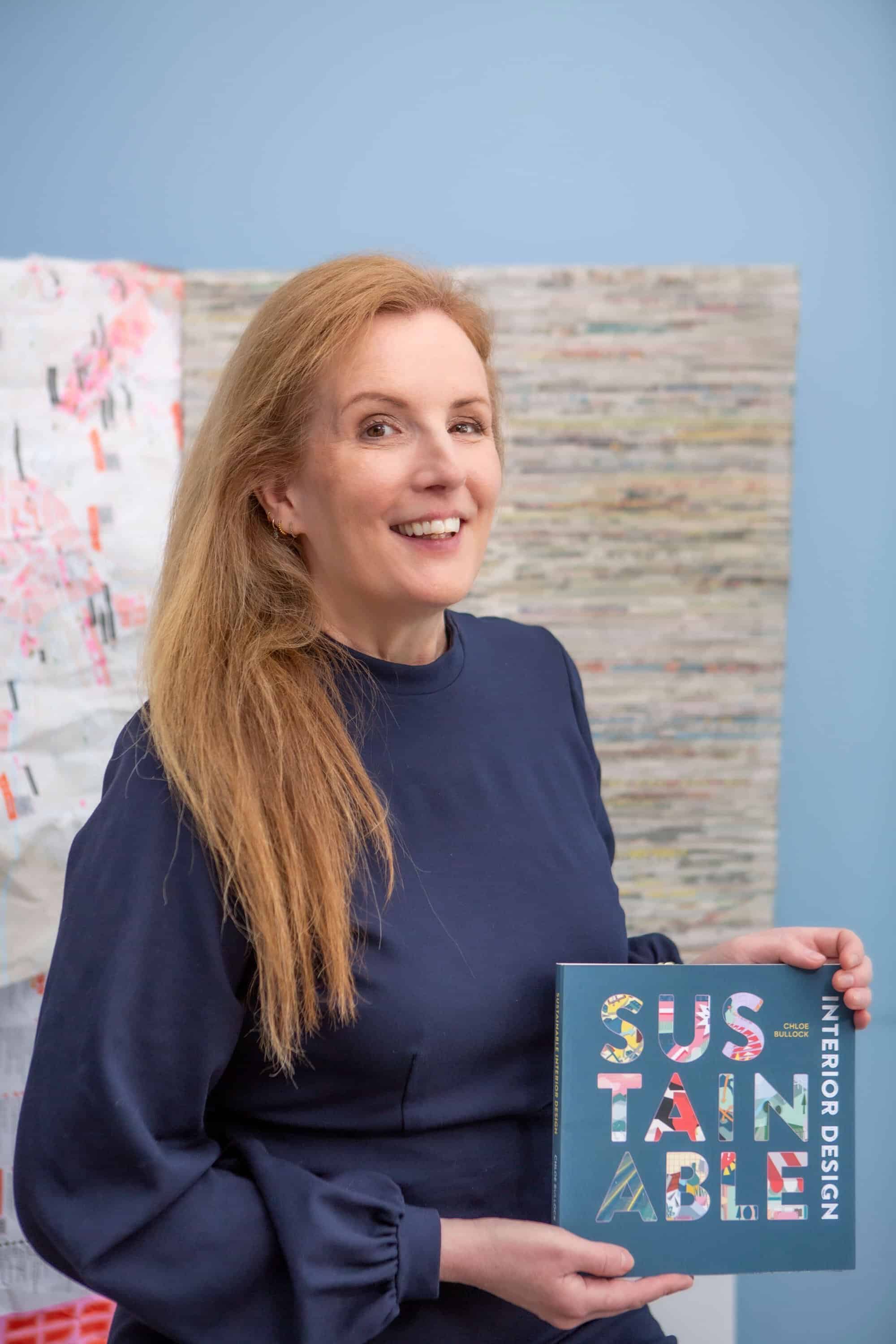
Chloe Bullock
Chloe Bullock, a leader in the sustainable design movement, encapsulates this philosophy in her latest book, Sustainable Interior Design, published by RIBA. With a career spanning three decades, Chloe has devoted herself to promoting sustainable and ethical design practices. That reduce the impact of the interior design industry on people, the planet, and animals. Her book serves as both a guide and a call to action for designers, clients, and anyone passionate about creating spaces that are as responsible as they are beautiful.
“It’s not just about reducing harm,” Chloe emphasizes. “Sustainable design is about creating spaces that heal—spaces that promote wellbeing, reconnect us to nature, and are built to last. It’s about making choices that reflect our values and contribute to a better future for people, animals and the planet.”
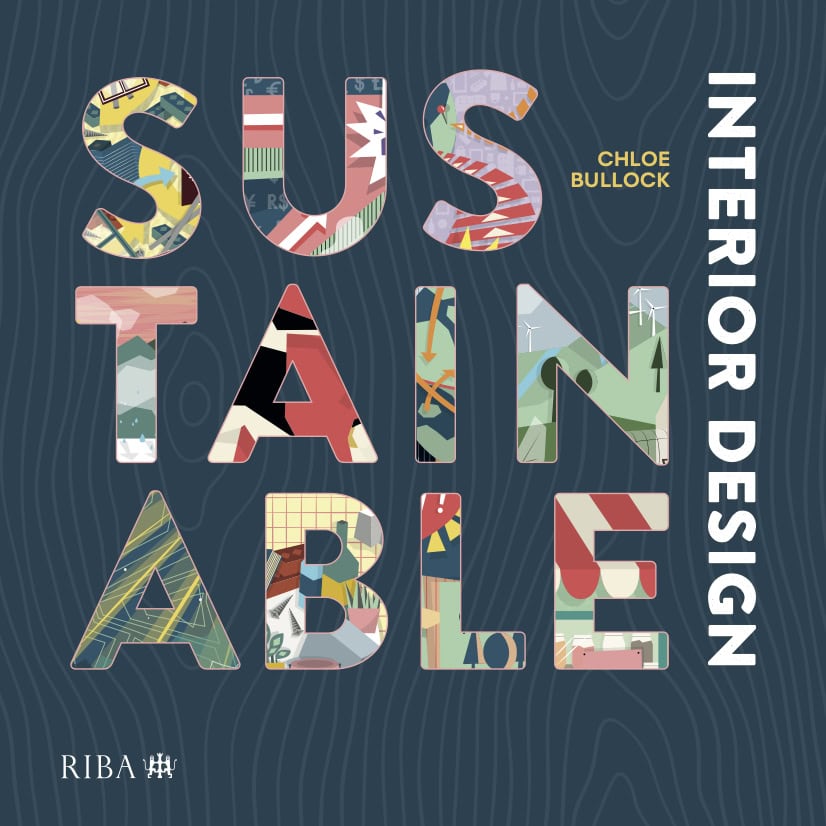
In Sustainable Interior Design, Chloe introduces readers to eleven innovative approaches to sustainable design. Each serving as a project goal and demonstrated through a range of responsible and forward-thinking spaces, products, materials, and supply chains. The book showcases a variety of projects. From kitchens designed to be dismantled and relocated. To buildings that can be reassembled multiple times, and furnishings available for rent rather than purchase. These examples challenge the traditional, throwaway mindset and offer practical, scalable solutions that are both sustainable and economically viable.
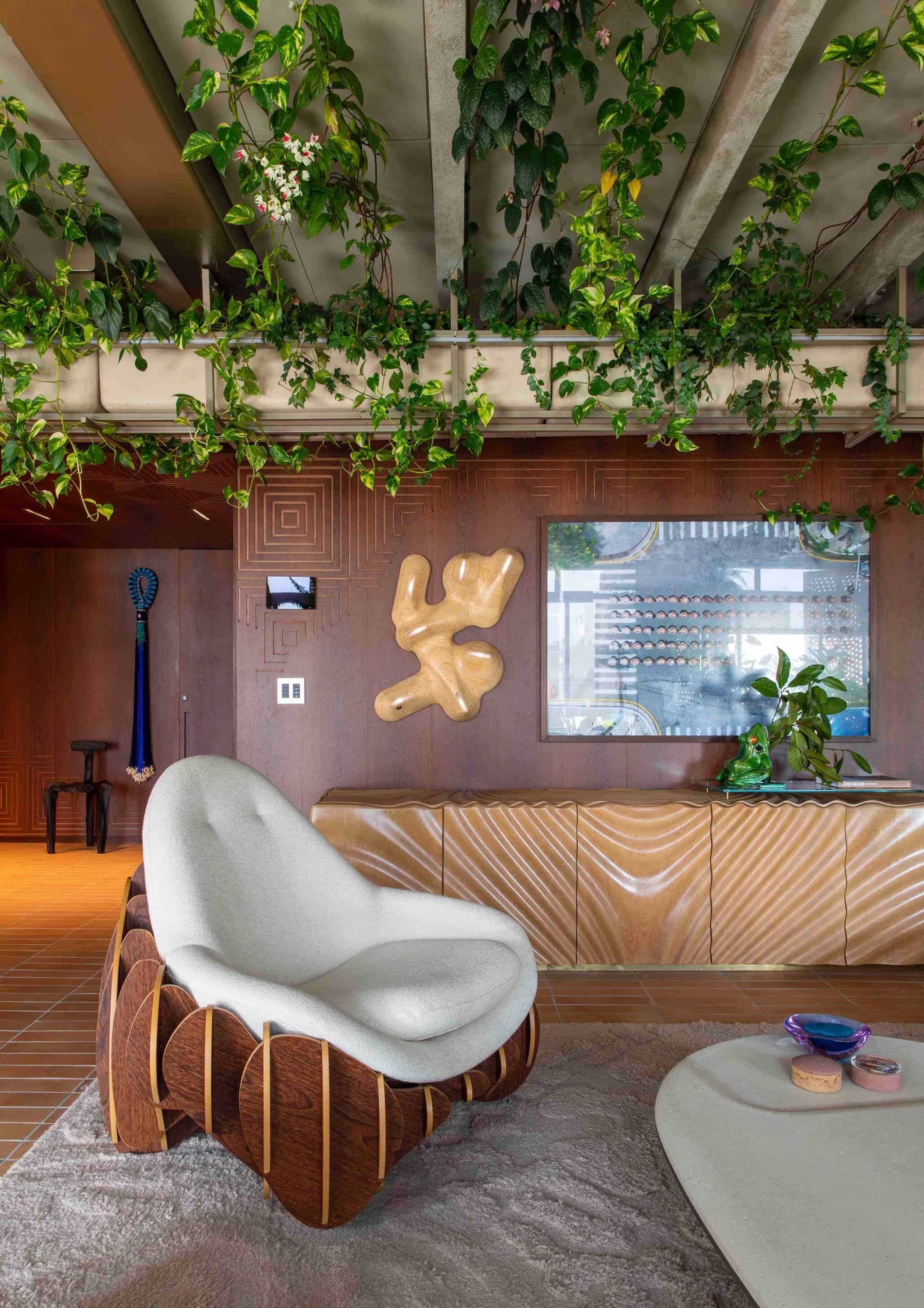
Apto Varanda: The Heart Wall installation, sitting on the wall above the sideboard, providing the apartment’s heartbeat
One of the core concepts Chloe explores is the circular economy—a model that redefines our concept of waste. Instead of following a linear path where products are used and discarded. The circular economy encourages us to design with the end in mind. Ensuring that materials can be reused, recycled, or composted. This approach not only reduces our dependence on finite resources but also fosters innovation and resilience in design.
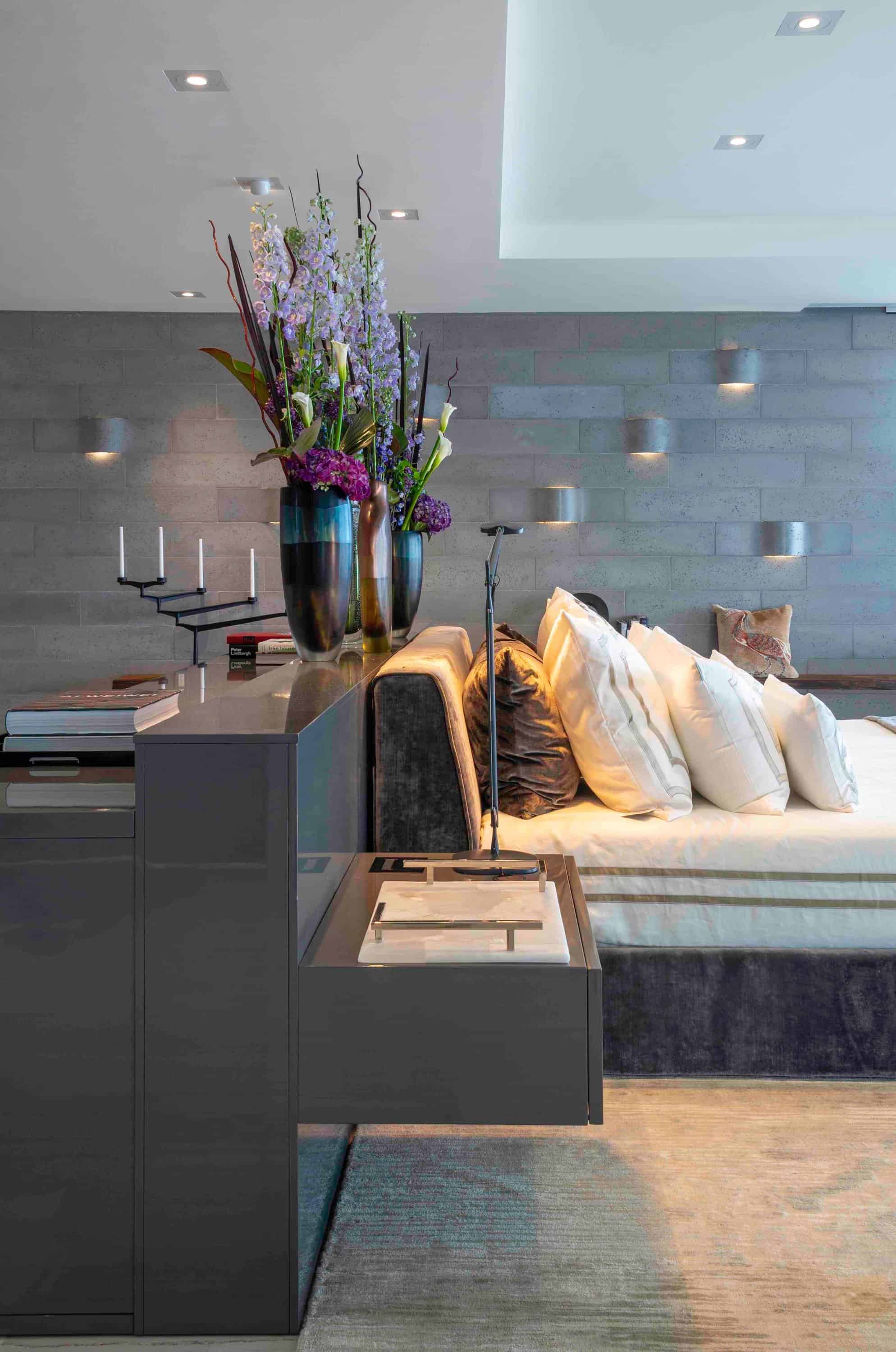
A bedroom at a Miami home
Moreover, Chloe’s commitment to cruelty-free and vegan design highlights an often-overlooked aspect of sustainability: the ethical treatment of animals. She advocates for non-toxic, animal-free alternatives to traditional materials, pushing the boundaries of what’s possible in interior design. Her work challenges designers to think beyond the status quo and explore new, kinder ways of creating functional and beautiful spaces.
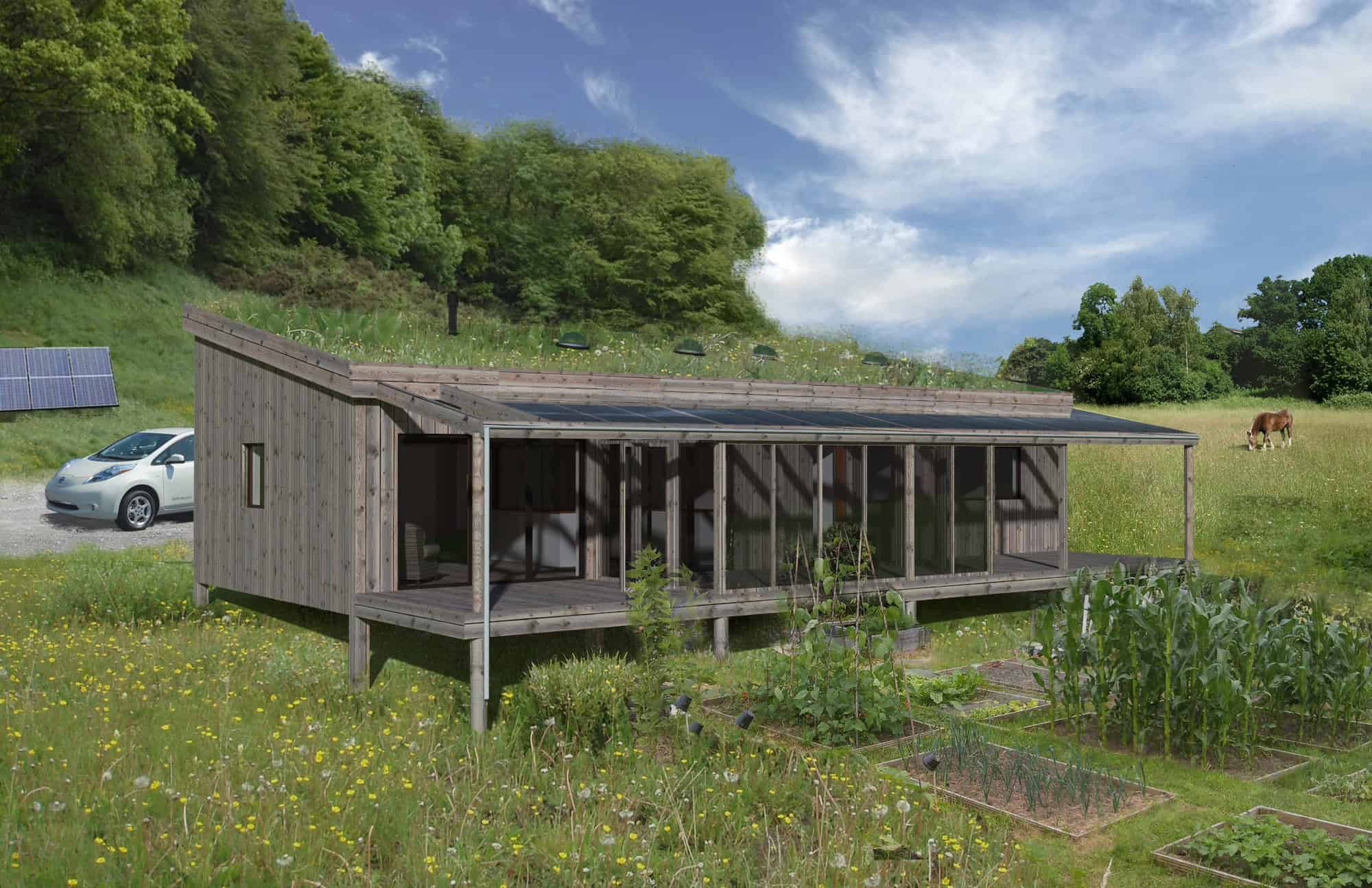
South-facing elevation, with veranda and shading above
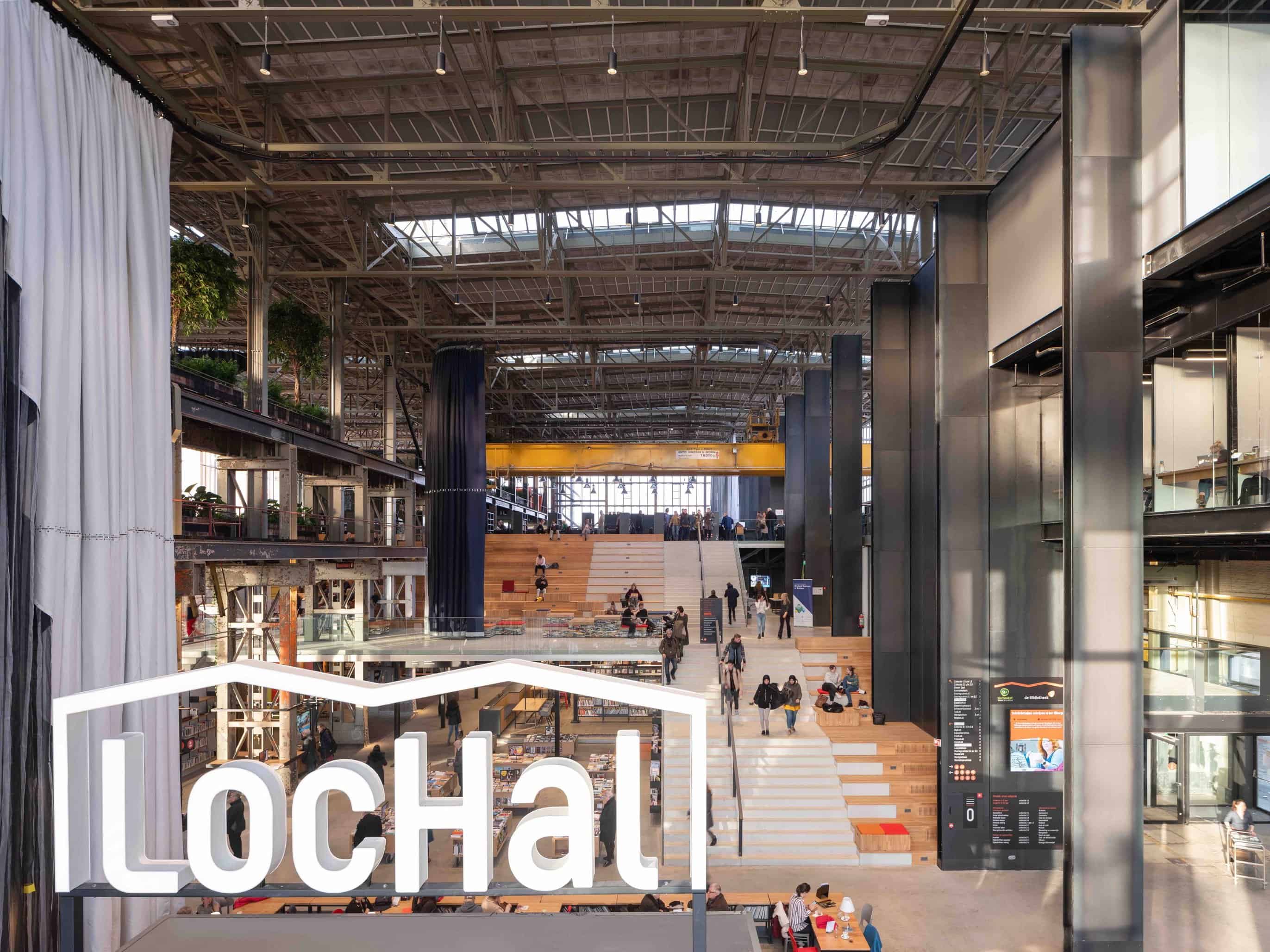
LocHal’s ‘stair tribune’ – the wide steps that connect the ground, first and second floors – sits behind the café and entrance in the grand hall of the depot section. The curtains (on the left of the photo) can be used to separate the central section of the building.
As we move forward, the importance of investing in our homes and workplaces cannot be overstated. These are the spaces where we spend most of our time, and their design can significantly impact our health, well-being, and overall quality of life. By choosing sustainable, high-quality materials and designs, we’re not only creating environments that are pleasant to live and work in, but we’re also making a statement about our values and our commitment to a better future.
Chloe Bullock’s Sustainable Interior Design is an essential read for anyone involved in the design industry—whether seasoned professionals, students, or enthusiasts. It offers not just inspiration but practical guidance on how to navigate this new landscape of design with purpose and integrity.
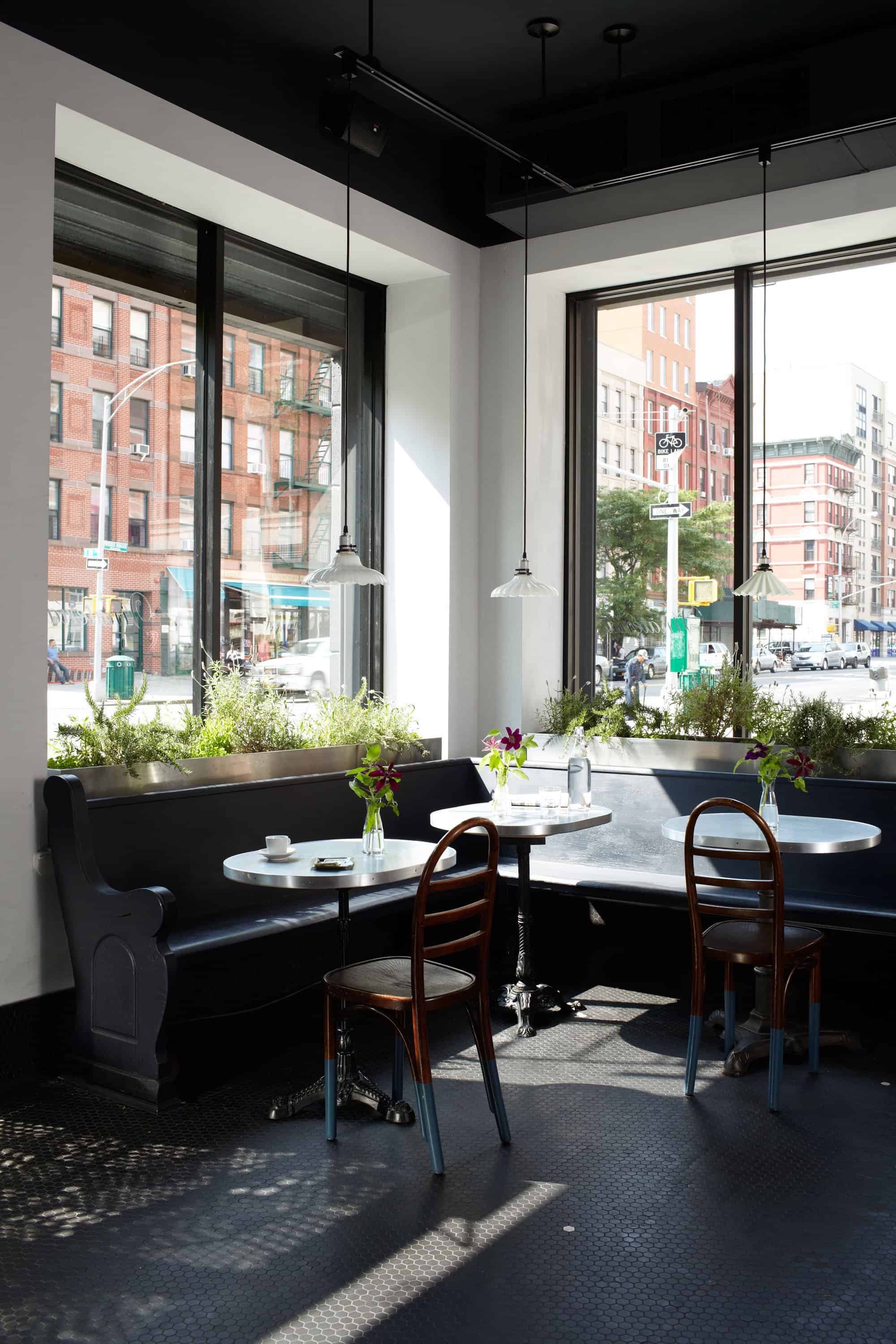
Vinateria dining room – church pews were remodelled to fit in the front corner; the table bases have custom zinc tops, and there are vintage milk glass lamp shades, unglazed porcelain floor tiles, lime paint on walls and ceiling, and custom planters for rosemary and lavender plants.
The rise of sustainable interior design is a testament to our growing awareness of the need for change. As we continue to rethink our relationship with the spaces we inhabit, we have the opportunity to move from wasteful practices to ones that are regenerative, responsible, and ultimately more fulfilling.
This is the future of design—where every choice we make contributes to the creation of a world that is not only more beautiful but also more sustainable for generations to come.
Follow Materialise Interiors on Instagram and Check Out Their Website
Purchase Chloe Bullock’s book ‘Sustainable Interior Design Here
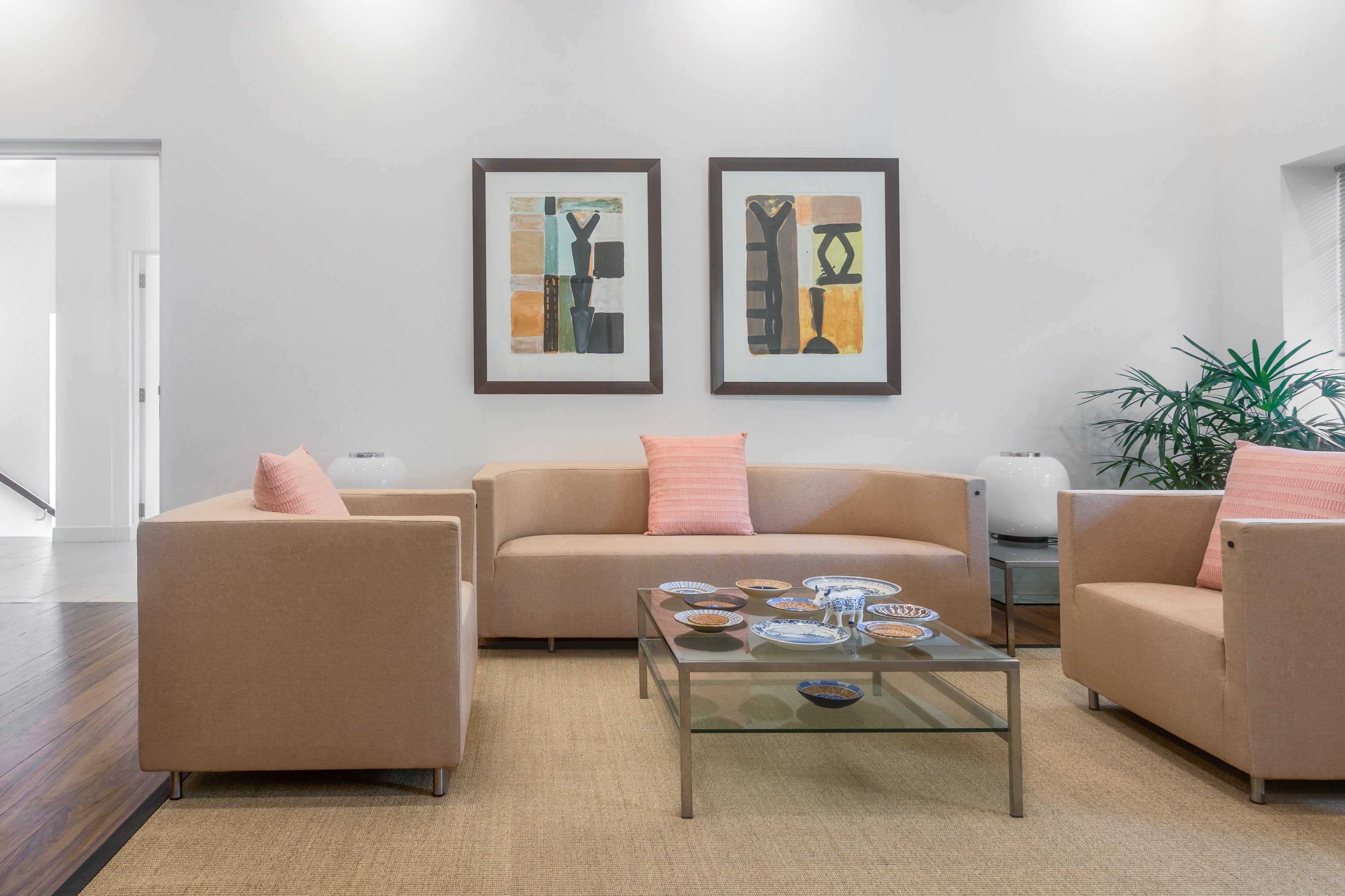
Office sofa set: A seating area inside the Dutch embassy Sri Lanka
Share this post
Global Innovator in Fashion, Design, and Sustainability Leadership. Robert Meeder stands as a global thought leader in the dynamic interplay of craft, fashion, design, and sustainability. His expansive 20-year career spans both industry and academia, marking him as a sought-after professor of practice and senior expert. Meeder's expertise extends to his role as a visiting lecturer and a senior expert advisor to European delegations, along with his valuable contributions as a mentor to start-ups.
Meeder's expertise extends to his role as a visiting lecturer and a senior expert advisor to European delegations, along with his valuable contributions as a mentor to start-ups.
With a diverse global footprint that stretches from Scandinavia to the Middle East and Asia, Robert has also made a significant impact in Sri Lanka. His Australian roots and education at the Royal Danish Academy in fashion, coupled with his PhD studies at Högskolan Borås, Sweden, in textiles and management, have underpinned a vibrant and multifaceted career.
In his journey, Robert Meeder has transcended traditional boundaries, blending his insights in innovation, technology, and craft to leave an indelible mark on the industries he touches. His influence is not confined to the academic sphere; it extends into the realms of practice and policy.
Robert's insightful contributions to leading publications like Architecture Digest and Harpers Bazaar have cemented his status as an authority in design. His keen eye for trends and unwavering commitment to nurturing new talent have made him a pivotal figure in shaping the future of design. As a mentor and judge, Robert doesn't just share his knowledge; he inspires and fosters growth in the next generation of designers, making his role in the world of design as inspirational as it is influential.
Read Next

